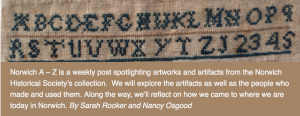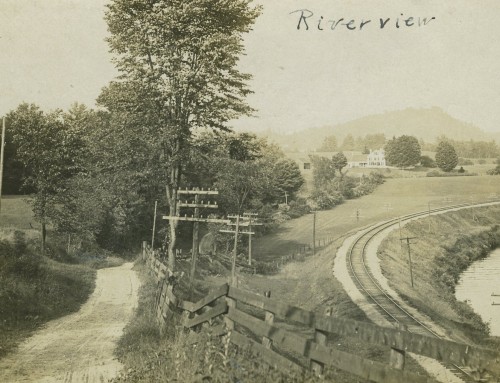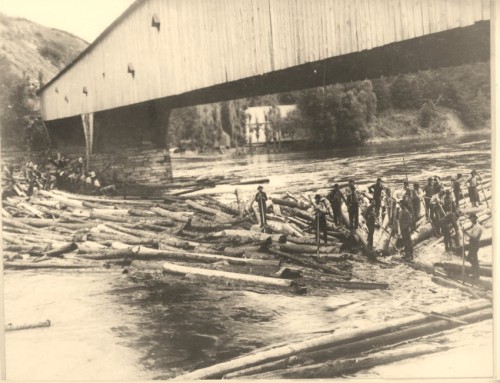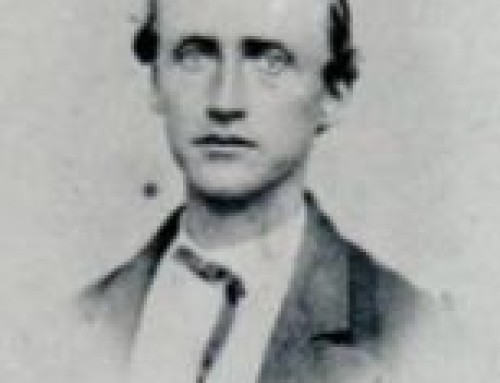Traces of red paint are still visible on these handmade sheep brands bearing the initials of Abel Bicknell, whose sheep roamed some of the 130 acres of land he owned on Bradley Hill. The 1883 Windsor County Gazetteer lists Bicknell as having 100 sheep.

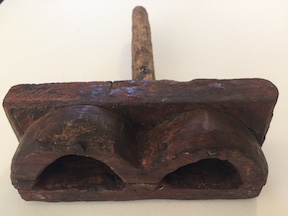

While 100 sheep might seem like a lot, back in 1850 the census reveals that 183 of the town’s 250 farmers had about 10,000 sheep and there were nearly 1.6 million in Vermont. All those sheep had a profound impact on Vermont’s environment, creating deforestation, washed out hills, and streams filled with silt. Having that many sheep also meant there were plenty of textile mills to process the fiber. The closest woolen mills were in Hartford, VT.
Norwich farmers have always had to keep track of their livestock. In the early days, fences were erected to keep livestock out of gardens and crops, rather than to pen them in.

This scan from the Norwich Town Records is one page of many showing the different registered earmarks for sheep and cattle. Every farmer had his own earmark and the Town Clerk recorded transfers from one farmer to another. Each year at town meeting, the election of officers included fence viewers and drovers whose job it was to ensure that fences were in good repair and that cows were foraging in the woods and not in the village vegetable gardens.

